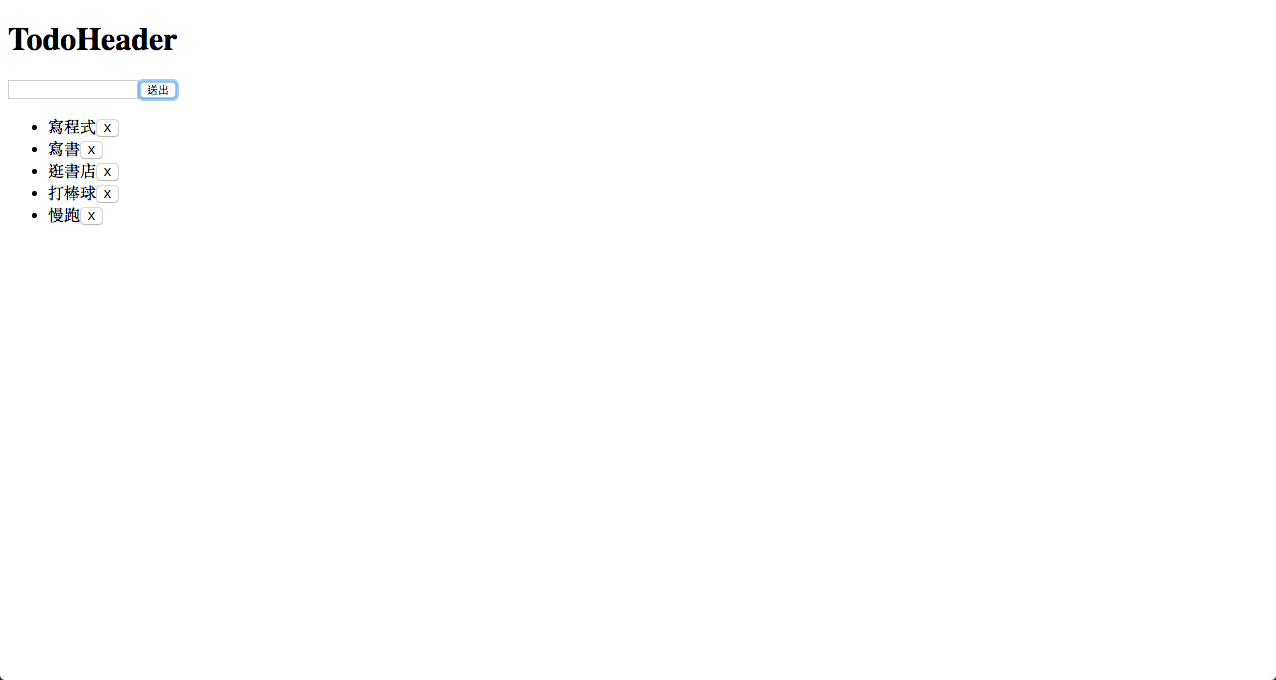

'_WRITE_KEY': JSON.stringify(process.env. Path: path.resolve(_dirname, 'client/dist')Įxtensions: Įxclude: /(node_modules|bower_components)/, Let LiveReloadPlugin = require('webpack-livereload-plugin') mkdir react-todo-list cd react-todo-list npm init Accept the default, maybe. The bundle.js file located in our dist directory is what our nfig file will spit out after bundling all of our react components Now, set up our nfig file to bundle all of our react files and export that bundle file to our dist directory. Start from the scratch, we create a new folder name react-todo-list, go into the folder then initialize with npm. Here, we are going to target our "root" div to place our react components in later. Copy and paste the following code into your index.html file: Now we we will set up our index.html in our client directory. This is what our cool-cosmic-todo-app directory should look like: cool-cosmic-todo-app Now we're going to build out our file structure a bit more so that we can organize our react components and redux files. That allows us to see in our console incoming and outgoing HTTP requests. Webpack will help us bundle all of our react and redux files into one large "bundle" file that will be used in our index.html. The only thing worth mentioning in the dev dependencies is webpack and volleyball.We are going to use redux, react-redux, redux-logger, and redux-thunk to help us implement what is called the Flux architecture.We're installing react and react-dom to build our react components.We're going to use the axios library to handle our requests to our Cosmic bucket."test": "echo \"Error: no test specified\" & exit 1" "description": "A simple todo app thet uses the Cosmic API", components/todoList ' import VisibilityFilter from '. Now, this would create a folder named ‘ todo ’ in our current repository. React itself does not enforce any data flow paradigm and you can add it. When building React+Redux features in this architecture, one always has to think hard about exposing React components, Redux code, and other business or presentational logic to the plugin so. To manage the frontend application state, we will implement a library called Redux. And this is where Swagger Adjust really shines. To create a new project named ‘ todo’, we would run the command as follows:-. Enhancement doesn’t happen via todoList plugin code modification but rather by its configuration. SwiftUI framework Part 1 An example to-do list app using SwiftUI which is introduced in WWDC19. Running the above command would install create-react-app in our project. components/addTodo ' import TodoList from '. State is a fundamental concept in SwiftUI and Redux. src/App.jsx import React from ' react ' import '. If the action type is add ToDo and indeed, it is equal to add ToDo string.


 0 kommentar(er)
0 kommentar(er)
